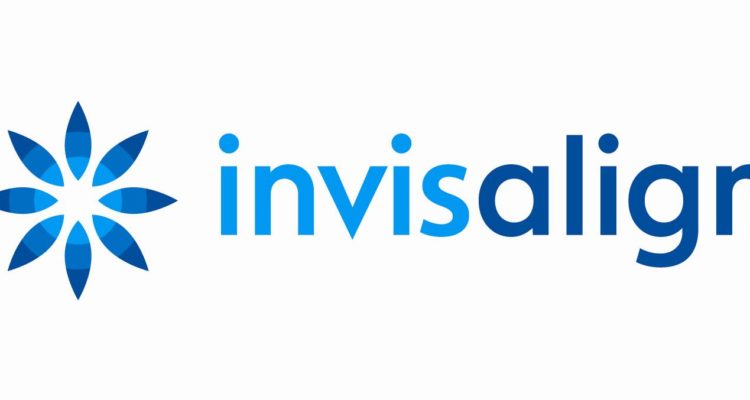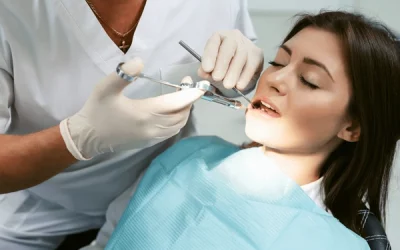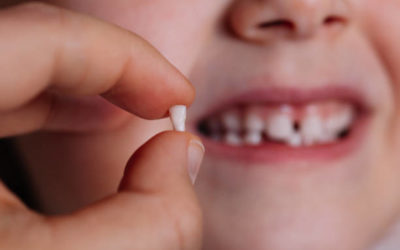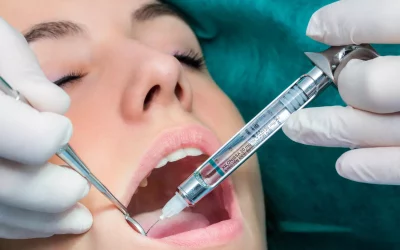
Invisalign : le traitement d’orthodontie invisible. Cette alternative aux appareils en métal traditionnels repose sur l’utilisation de gouttières transparentes pour redresser et aligner les dents. Nous vous proposons d’en apprendre davantage sur cette méthode innovante ainsi que sur la marque qui l’a développée.
Le principe du traitement Invisalign
Lancée en 1999, la société Invisalign a bousculé le monde de l’orthodontie. Cela grâce à une solution discrète et confortable pour corriger les problèmes de malocclusions dentaires. Le traitement consiste en une série de gouttières translucides portées successivement par le patient pour déplacer progressivement les dents vers leur position idéale. Ces gouttières sont appelées « aligners » et sont fabriquées sur mesure à partir de moules numériques des dents du patient.
Les avantages du système Invisalign
- Discrétion : Les gouttières Invisalign sont presque invisibles lorsqu’elles sont portées, contrairement aux appareils en métal plus visibles et susceptibles d’affecter l’estime personnelle.
- Confort : Les aligners sont fabriqués en plastique lisse et sans aspérités, évitant les irritations dans la bouche qu’on rencontre parfois avec les fils et les brackets en métal.
- Facilité de nettoyage : Les gouttières sont amovibles, permettant au patient de manger, boire et se brosser les dents normalement sans risque d’endommager l’appareil ou de provoquer de caries dentaires.
- Précision : Le traitement est planifié à l’aide d’un logiciel 3D, permettant d’obtenir une représentation claire du processus de déplacement des dents et du résultat final escompté. Ceci facilite la communication entre le praticien et le patient.
Le déroulement du traitement Invisalign
Consultation et évaluation initiale
Tout traitement Invisalign commence par une consultation chez un orthodontiste ou un dentiste certifié Invisalign. Ce dernier évaluera votre situation et déterminera si vous êtes un candidat approprié. La technologie Invisalign convient généralement à la plupart des cas d’orthodontie, notamment pour les adultes et adolescents. Cependant, elle peut être moins adaptée pour certains problèmes complexes ou pour les enfants dont les dents définitives n’ont pas encore toutes poussé.
Moulages numériques et plan de traitement
Si vous êtes éligible au traitement, votre praticien prendra des empreintes numériques précises de vos dents. Ces données seront ensuite utilisées pour créer un modèle 3D de votre bouche et élaborer un plan personnalisé de déplacement dentaire. Vous pourrez visualiser le processus étape par étape et obtenir une estimation du temps nécessaire pour atteindre les résultats souhaités.
Fabrication des aligners
Une fois le plan validé, votre série d’aligners sera fabriquée sur mesure dans un laboratoire spécialisé. Chaque aligner correspond à une étape précise du traitement. Il doit être porté pendant environ deux semaines avant d’être remplacé par le suivant. Il est recommandé de porter vos gouttières au moins 22 heures par jour pour garantir l’efficacité du traitement.
Suivi et fin du traitement Invisalign
Visites de contrôle et ajustements
Tout au long de votre traitement, vous devrez rendre visite régulièrement à votre praticien (environ toutes les 4 à 8 semaines) pour vérifier la progression et recevoir vos nouveaux aligners. Si des ajustements ou des corrections sont nécessaires, ils peuvent être intégrés dans le plan de traitement sans problème. De plus, grâce à la technologie numérique, il est possible d’accélérer ou de ralentir la durée globale du traitement selon vos besoins spécifiques.
Port d’un appareil de contention après le traitement
Une fois vos dents alignées comme prévu, il est important de maintenir les résultats avec un appareil de contention. Celui-ci peut être une gouttière transparente similaire aux aligners Invisalign (appelée Vivera), antifiant les acquis tout en restant discrète et confortable, ou un fil de contention collé derrière les dents pour une solution plus permanente. Votre praticien vous indiquera la meilleure option selon votre cas.
En résumé
La marque Invisalign offre une alternative moderne et esthétique aux traitements orthodontiques traditionnels avec ses gouttières transparentes sur mesure. Si vous envisagez cette option pour vous-même ou pour vos enfants, il est essentiel de consulter un professionnel certifié Invisalign. Il saura vous accompagner dans votre démarche et garantir des résultats optimaux.





